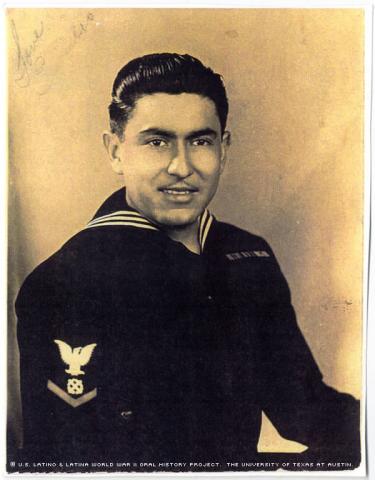
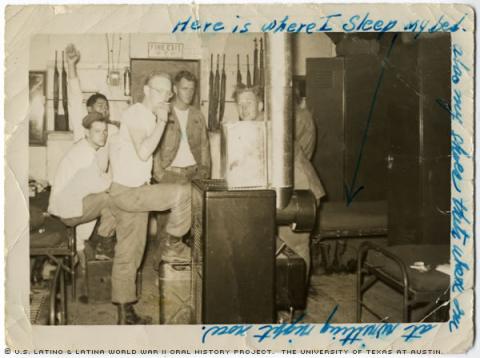
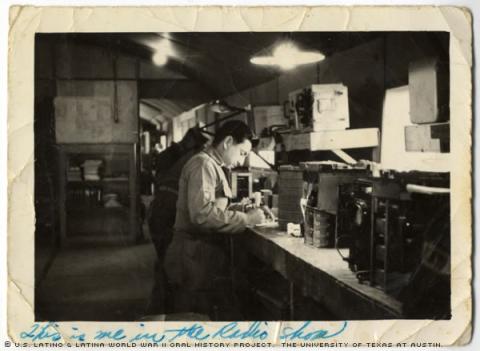
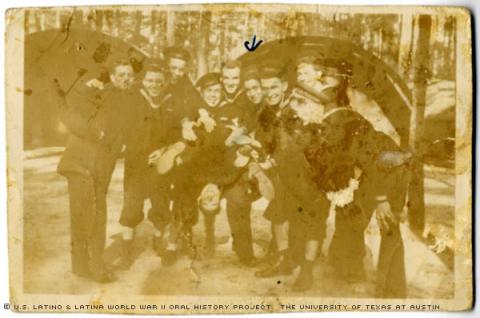
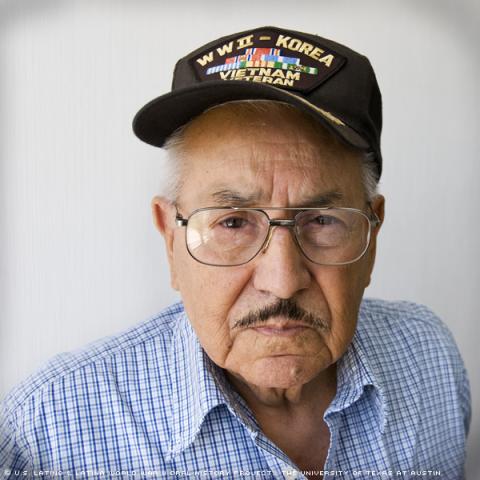
By Kristin LaFrate
When Emilio Torres enlisted in the Navy at the age of 18 on Sept. 18, 1942, little did he know he was beginning a more than 30-year military career spanning three wars.
Torres served in World War II and, later, in the Korean and Vietnam wars with the Army.
“We managed to get in with the ways of the people, and try to keep good relations with everybody,” said Torres of his interaction with civilians.
In the summer of 1943, while serving on the U.S.S. Dorothea L. Dix, Torres participated in the Sicilian Occupation. The following summer, on board the USS Fremont, he aided in the capture and occupation of Saipan. Torres then went on to take part in the capture and occupation of the Southern Palau Islands, as well as participate in the Leyte landings in the fall of 1944. Torres recalls enduring many close encounters with death during these tours.
“There was always danger of being hit by kamikazes, and other ships and so forth,” Torres said.
When asked if he still keeps in touch with his war buddies, his response was somber.
“I haven’t seen any of them,” Torres said. “Most of them passed away in the war.”
Torres was no stranger to hard times. The schools he attended as a boy were segregated, and he recalls the other children teasing him when he tried to speak English.
“The kids used to make fun of us,” said Torres of growing up a Mexican American in Laredo, Texas.
Torres’ father, Felix Torres, passed away when Torres was eight years old, so he was forced to quit school after completing the third grade to help support his mother, Maria de Jesus Lozano Torres, and siblings. Torres recalls taking up random jobs as a mechanic’s helper at garages around town.
“It was hard,” he said. “We had a depression when Roosevelt was president.”
After the U.S. bombed Hiroshima, Japan, on August, 6, 1945, Torres was assigned to Treasure Island, off the coast of San Francisco, Calif. And about two months later, after the war with Japan ended, the Navy discharged him at the rank of Coxwain.
Torres then went to San Antonio, Texas, where he worked as a mechanic until 1954, when he enlisted in the Army on January 27. He was assigned as a sergeant to Korea, and, halfway through his tour, was placed with a radio shop repairing radios. (Although it’s generally accepted that the Korean conflict lasted from 1950 to 1953, GIs received credit for Korean War service if they were in Korea during the period of July 27, 1950, through July 27, 1954.)
In the early 1970s, the Army sent Torres to Vietnam, putting him in charge of an inspection team. He recalls traveling all over the country, checking units, companies and battalions for readiness.
“We had to inspect everything from Mess Halls to administrative procedures, orderlies, training and so forth,” Torres said.
Torres’ dedication to serving his country earned him the respect of military superiors. For example, in a May 20, 1970, memo from Colonel Oren W. Bryant, the colonel tells Torres, “In my career I have served with Japanese, German, Korean, and U.S. craftsmen and mechanics. My over three years in Maintenance Management has shown me that you are the equal of skilled workmen the world over.”
By the time Torres was discharged from the Army on June 1, 1973, he had earned a Good Conduct medal and National Service Defense medal with one oak-leaf cluster, among other honors.
Mr. Torres was interviewed in San Antonio, Texas, on May 3, 2008, by his son, Fernando Torres.

